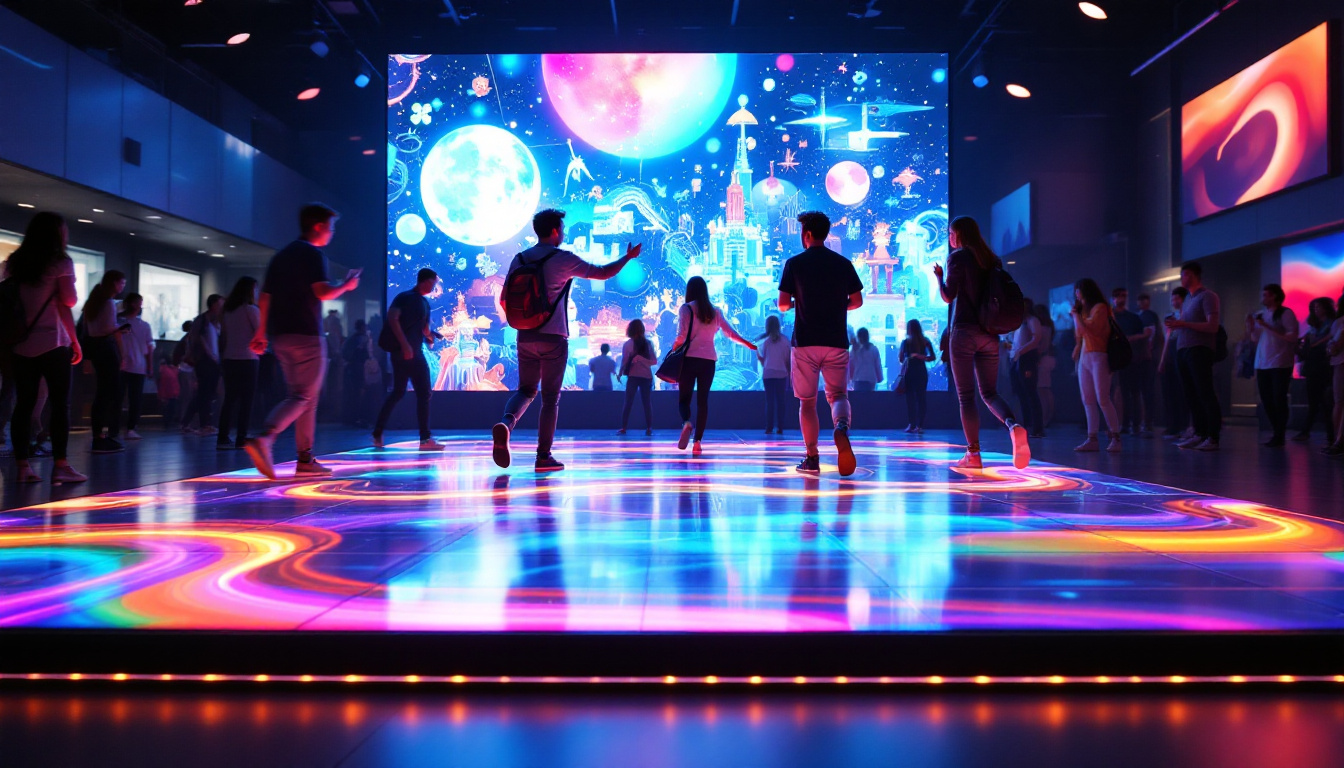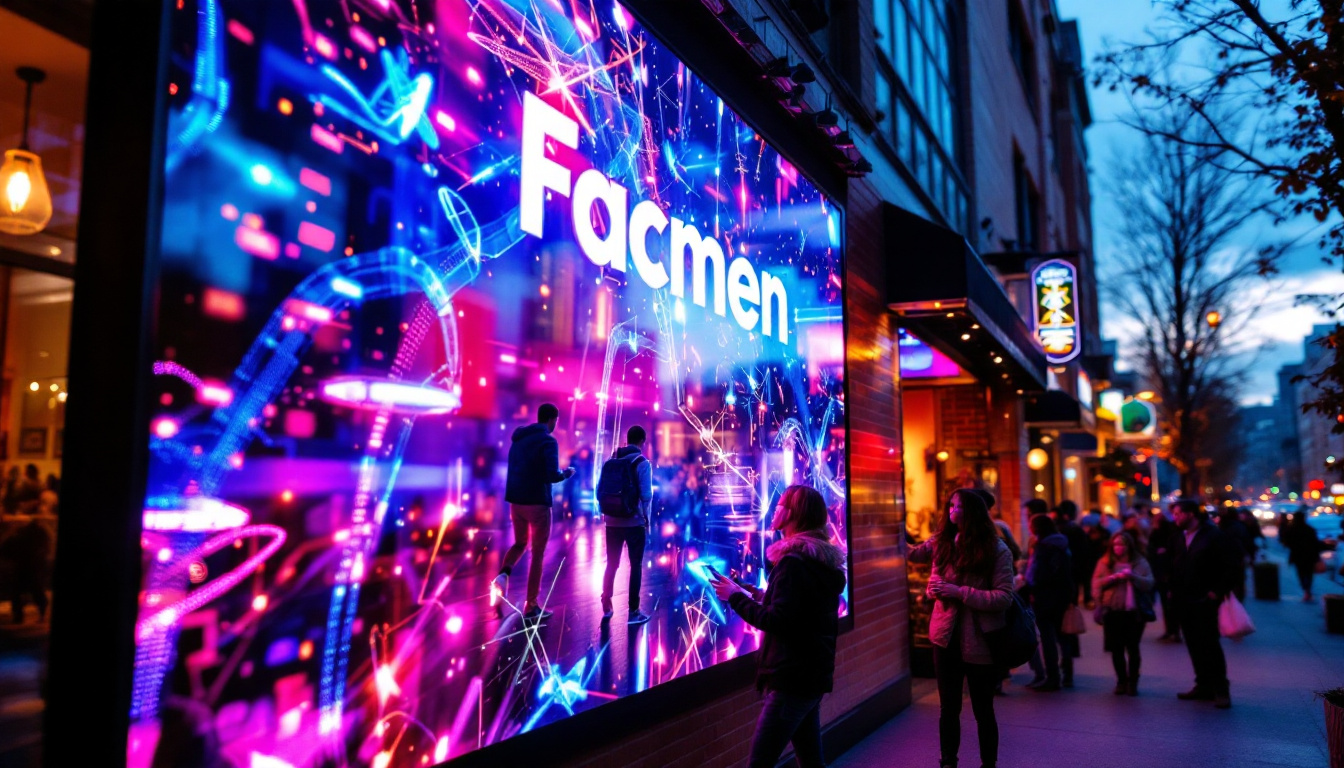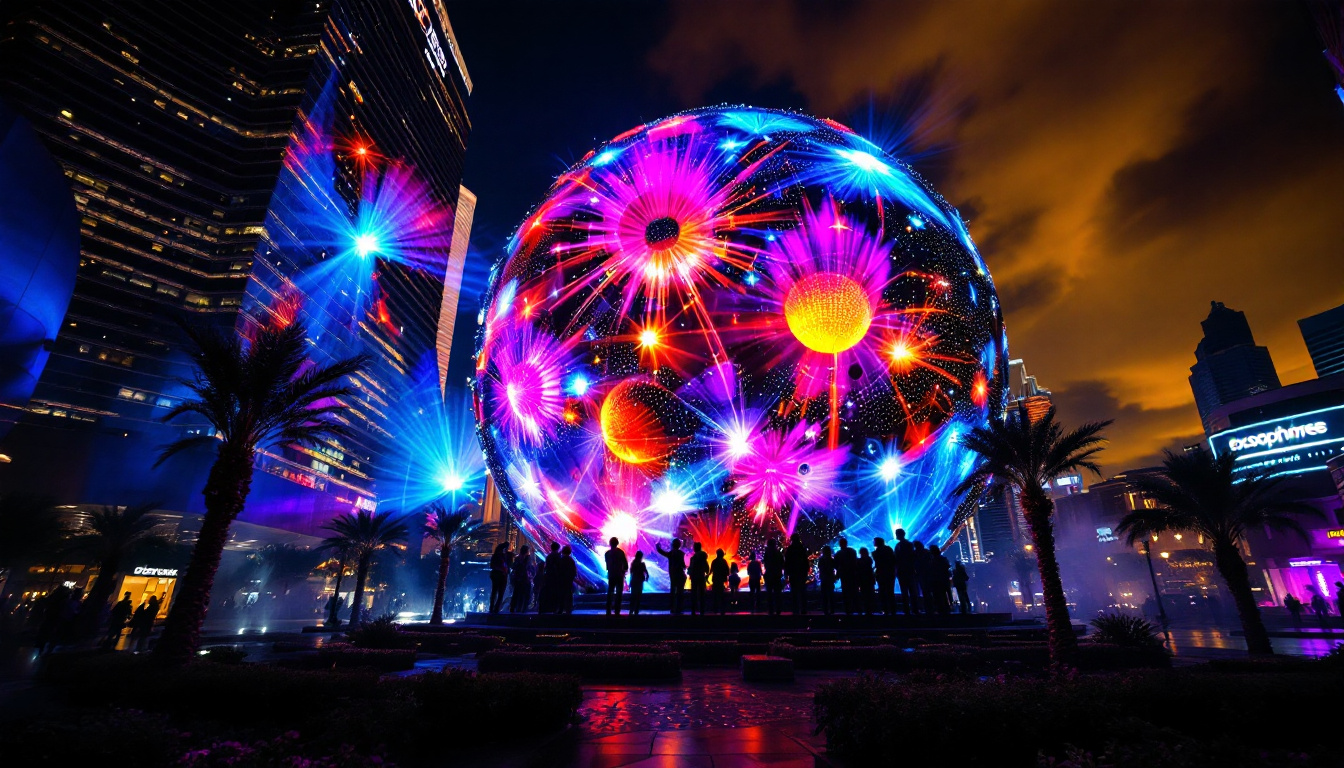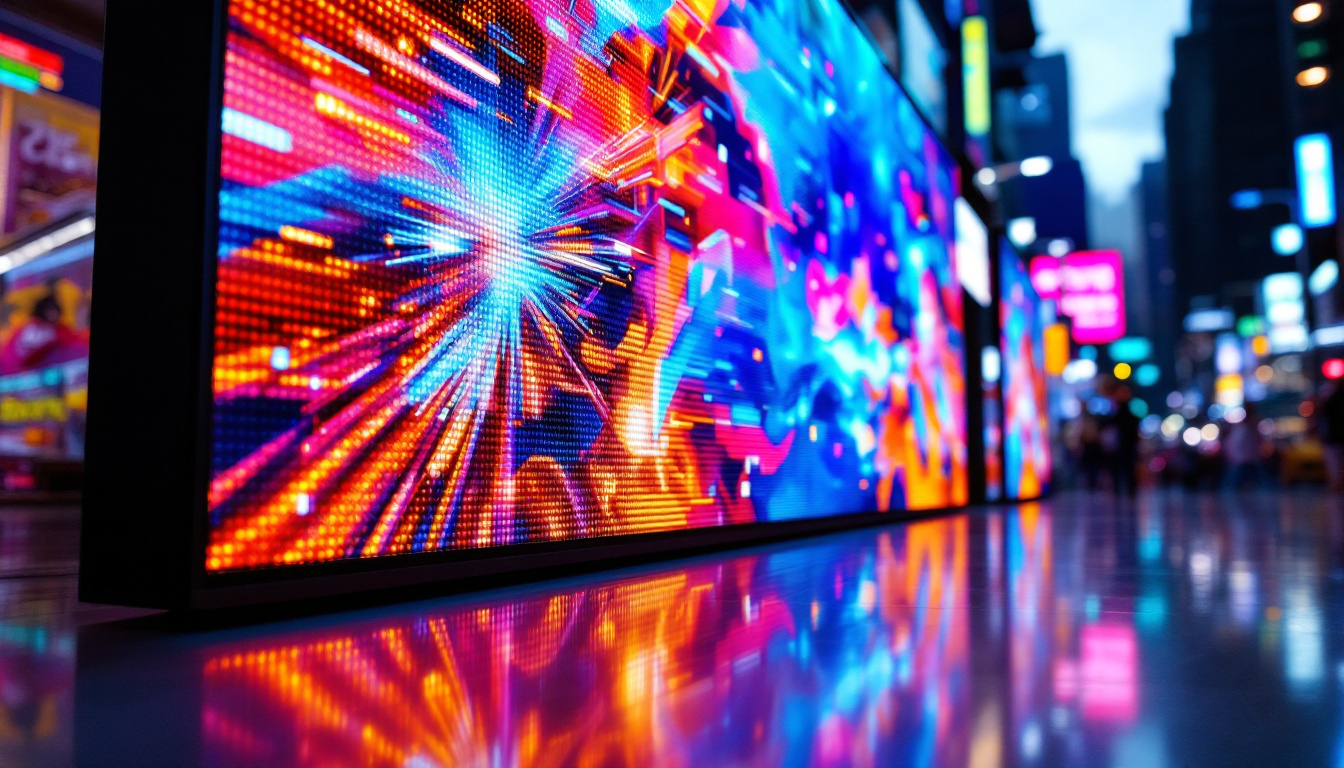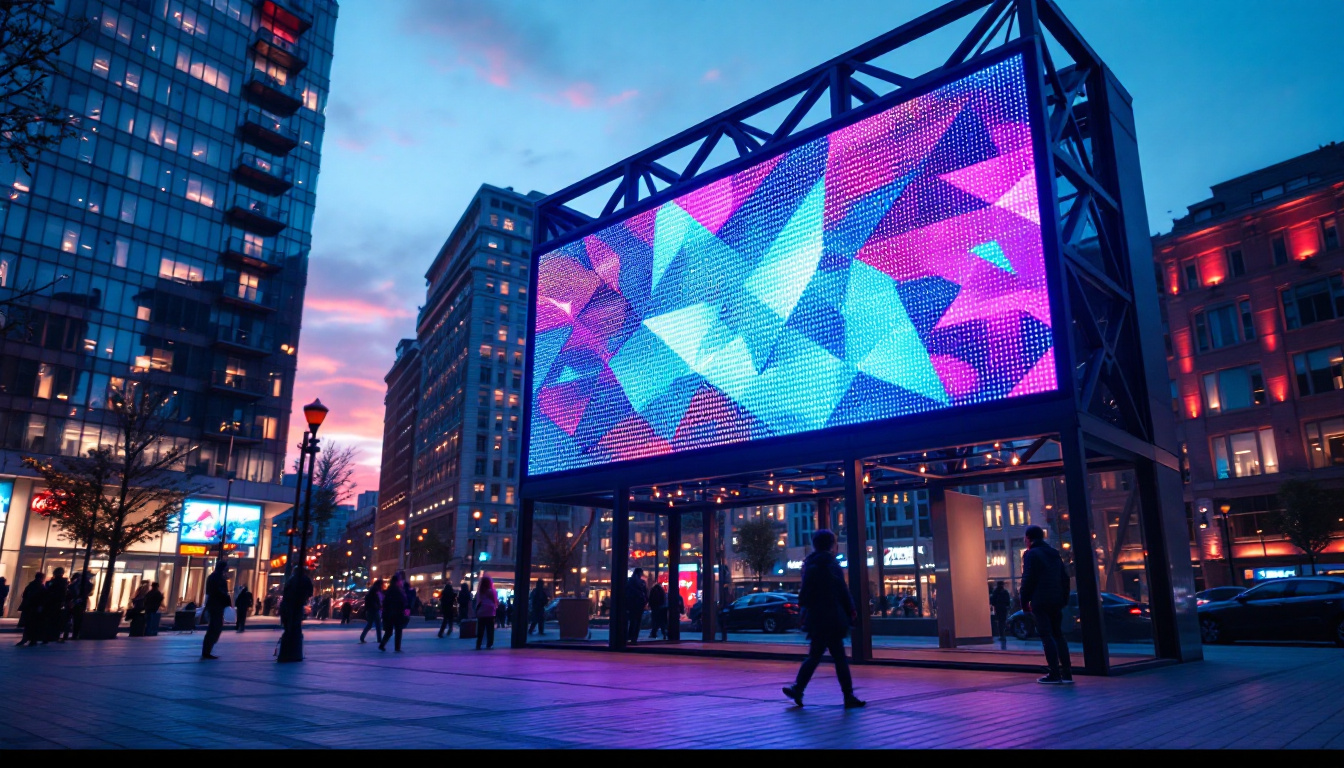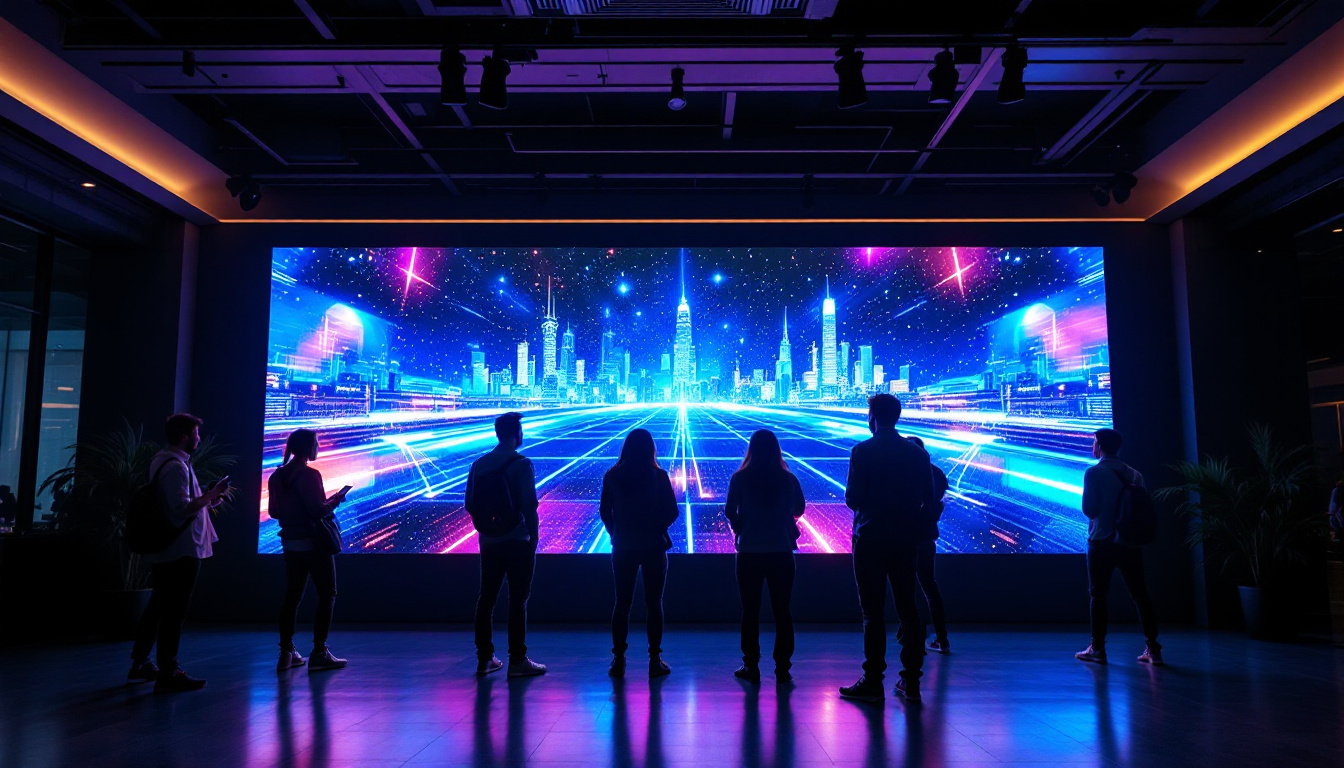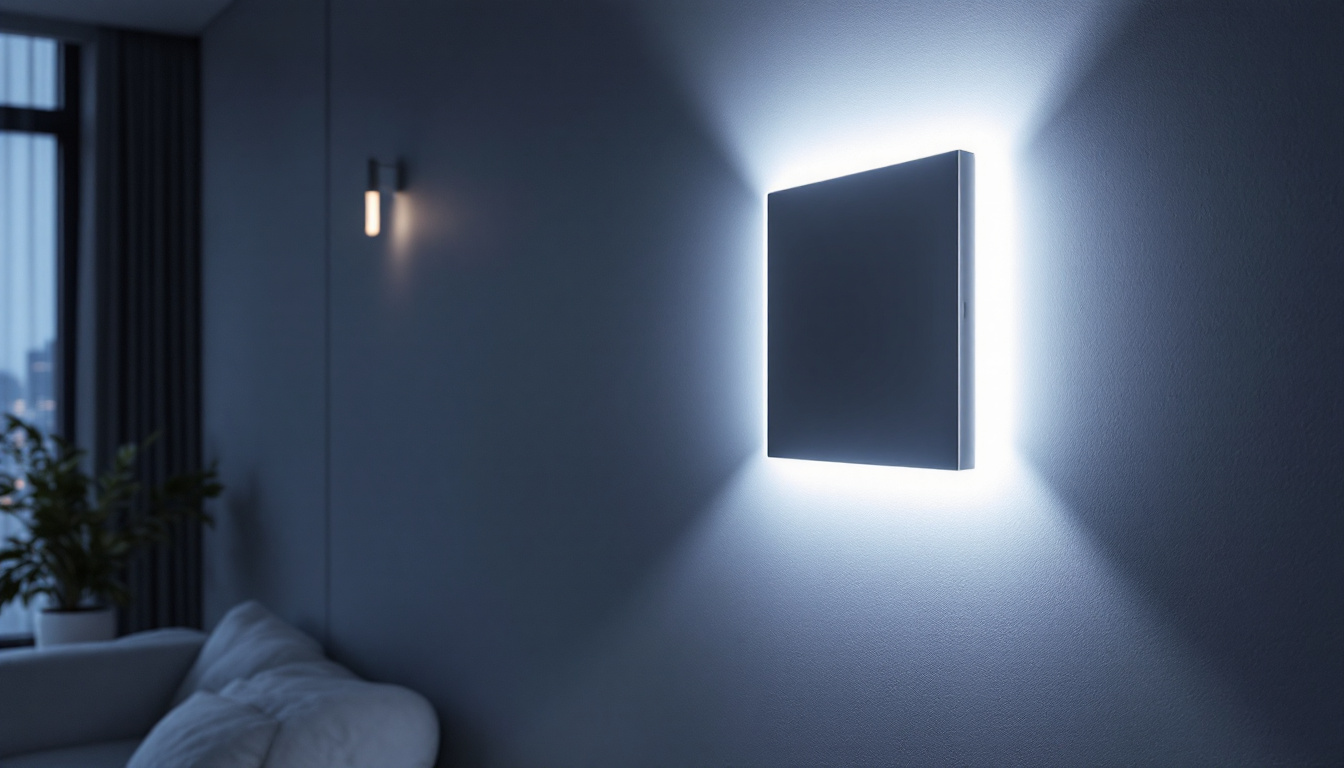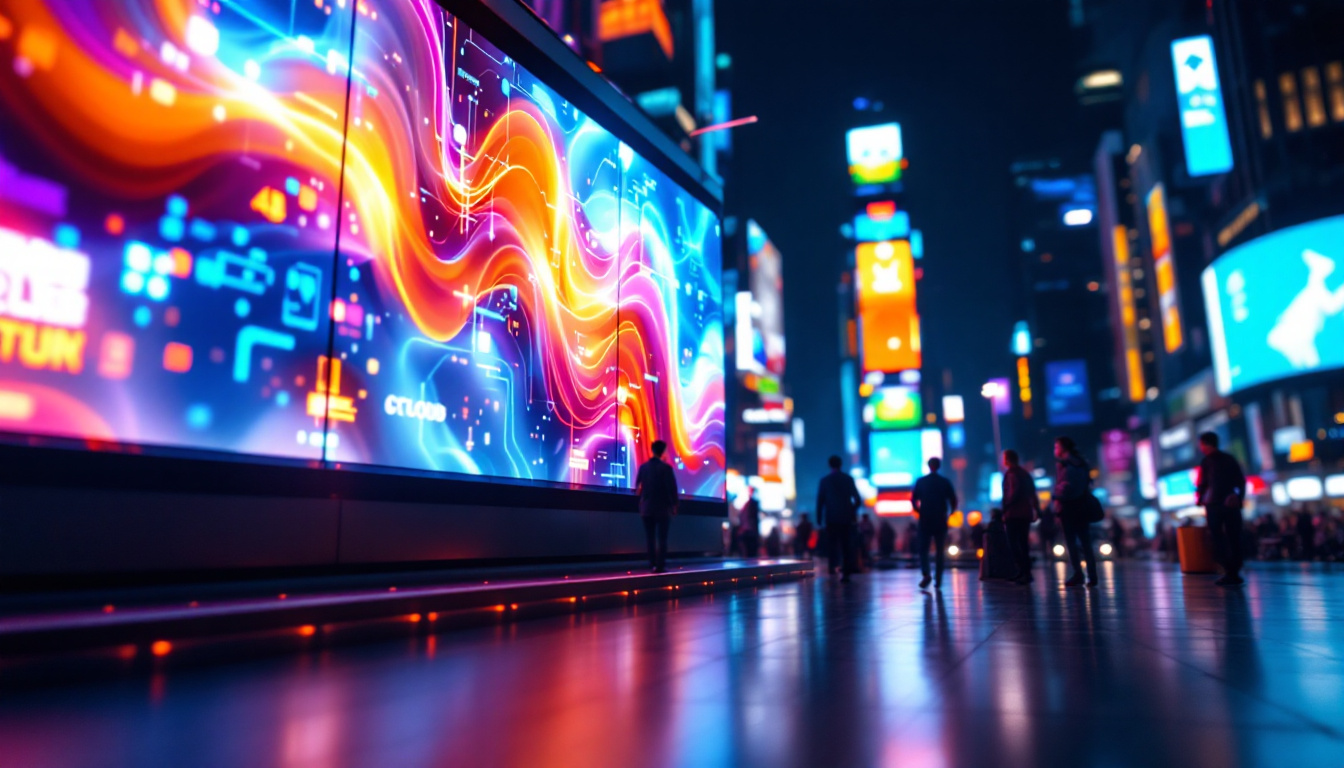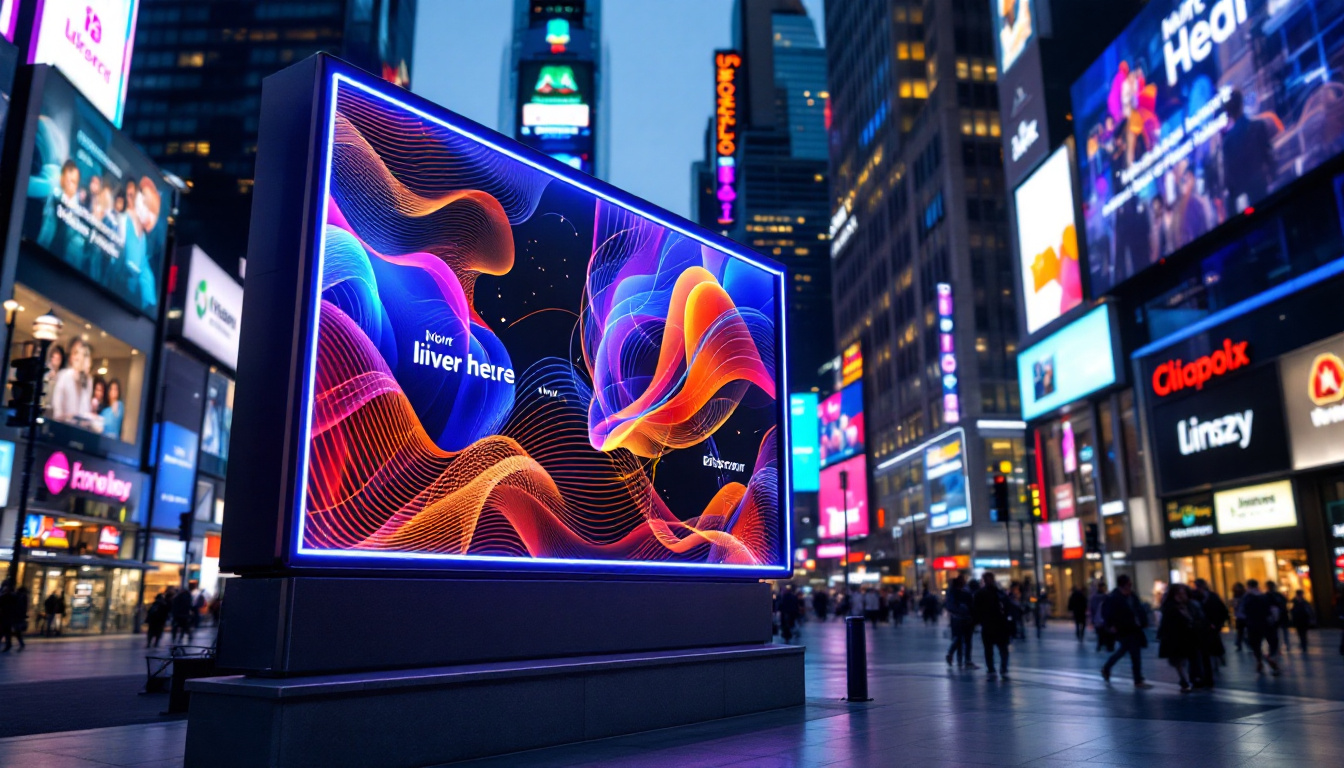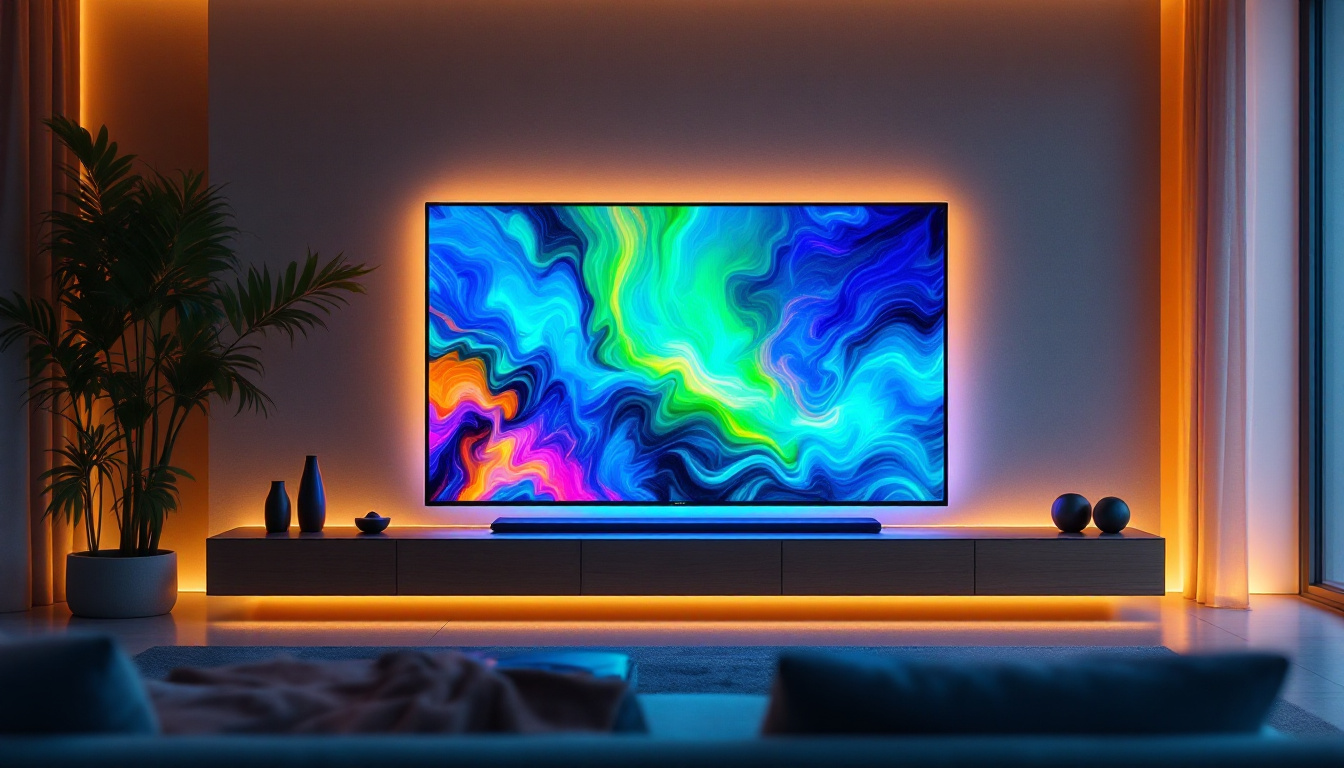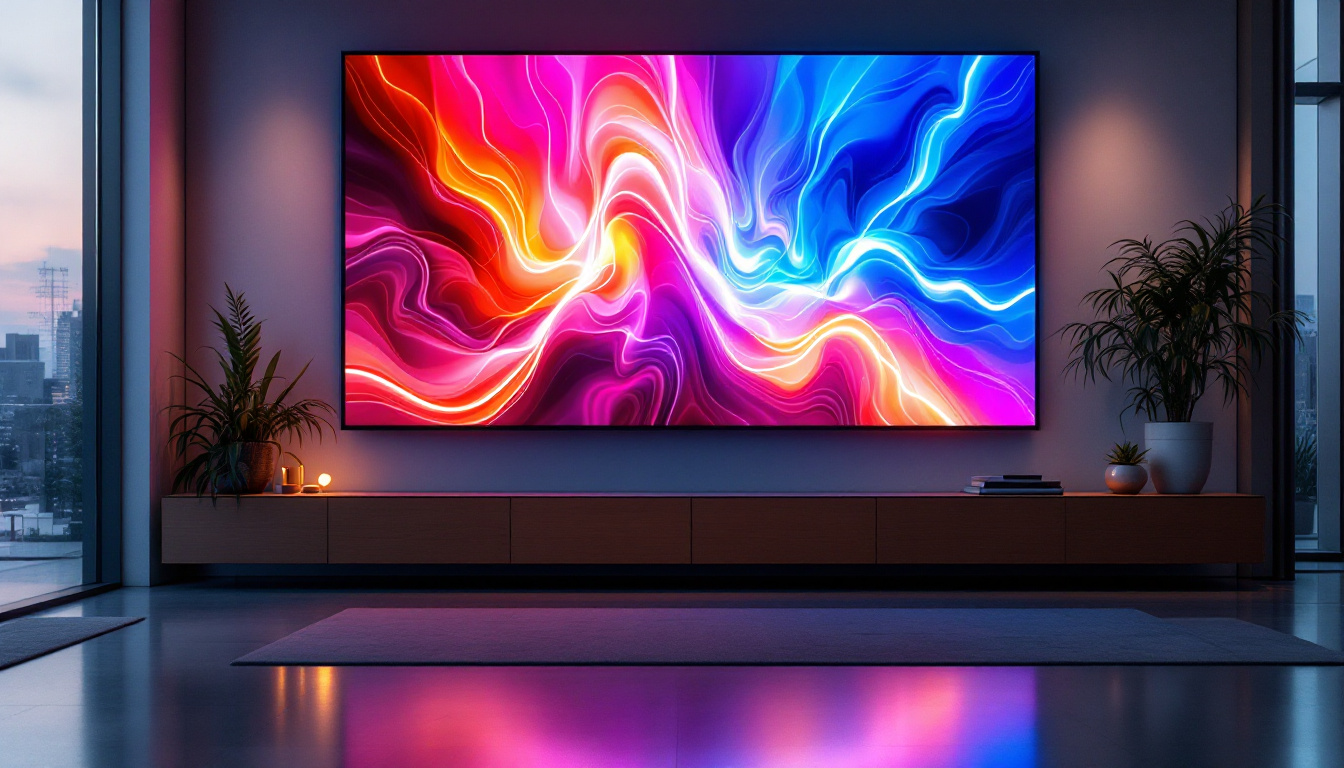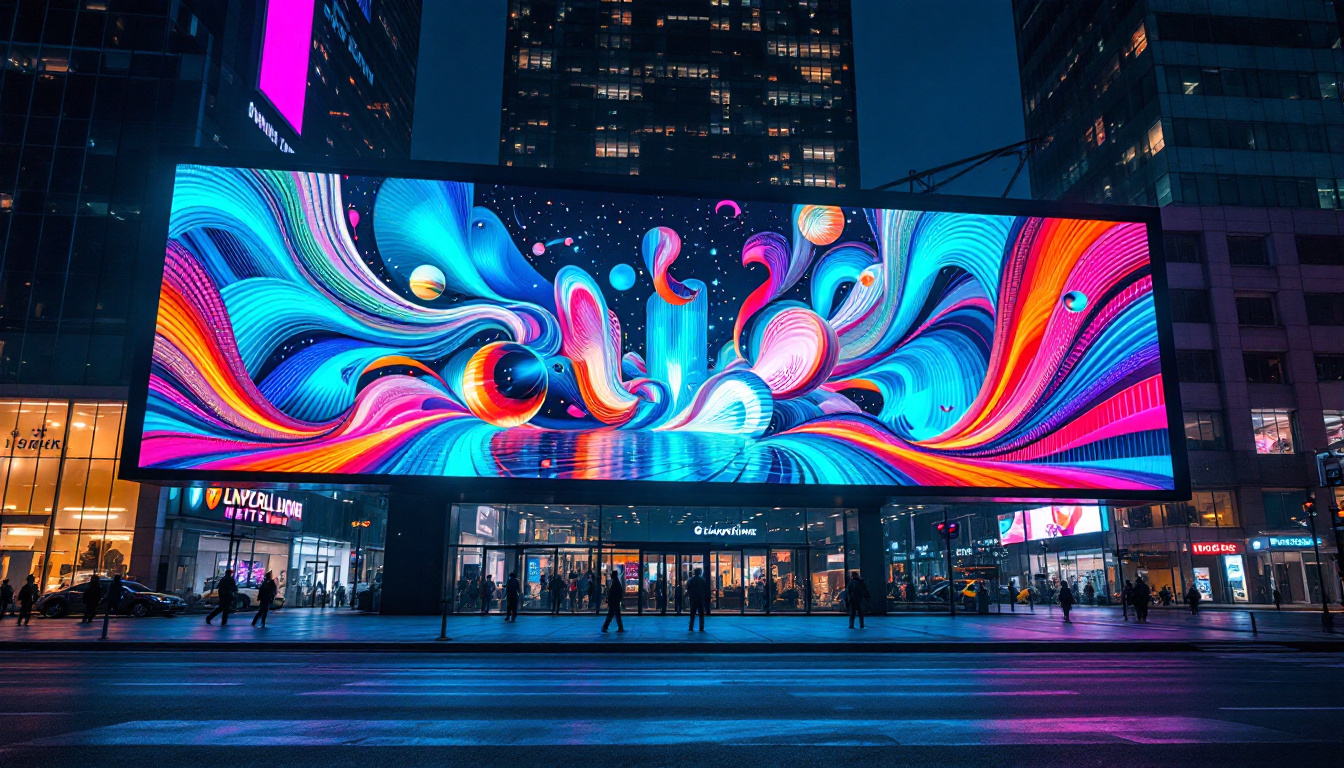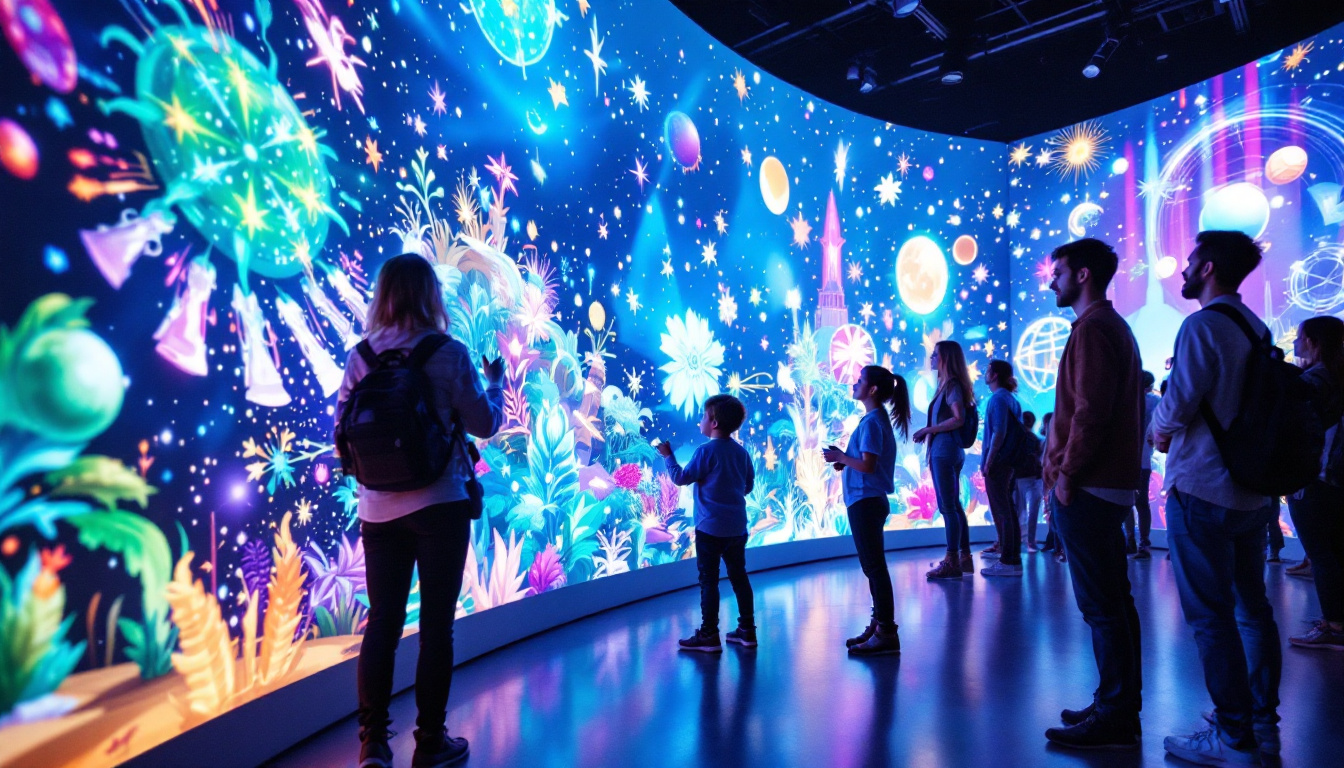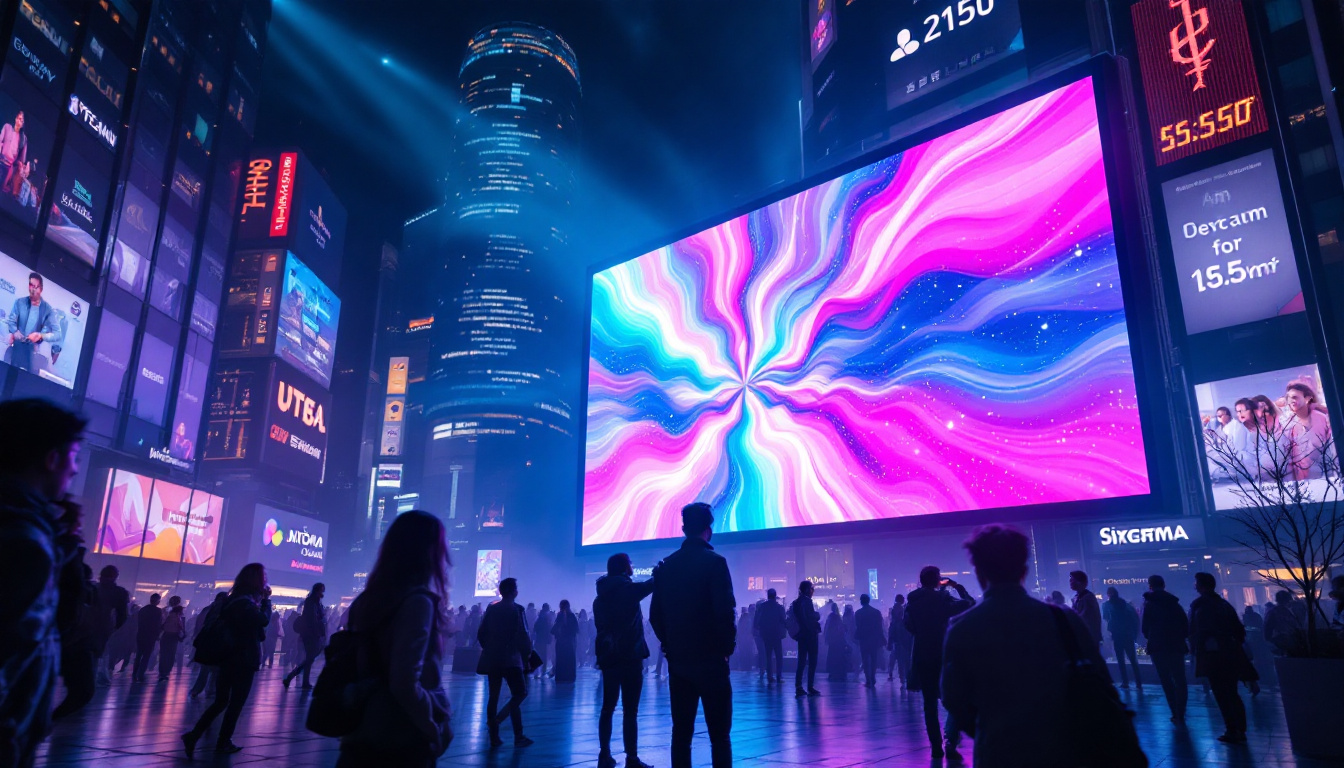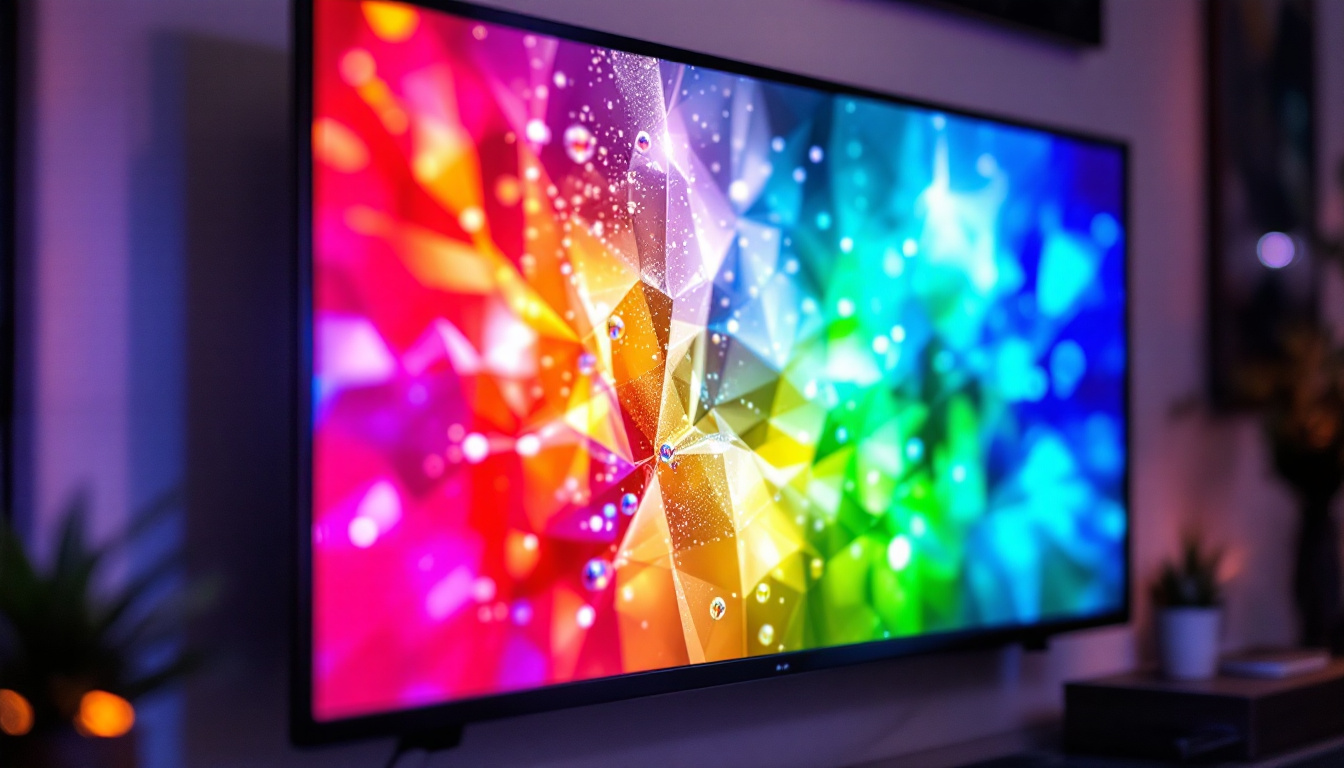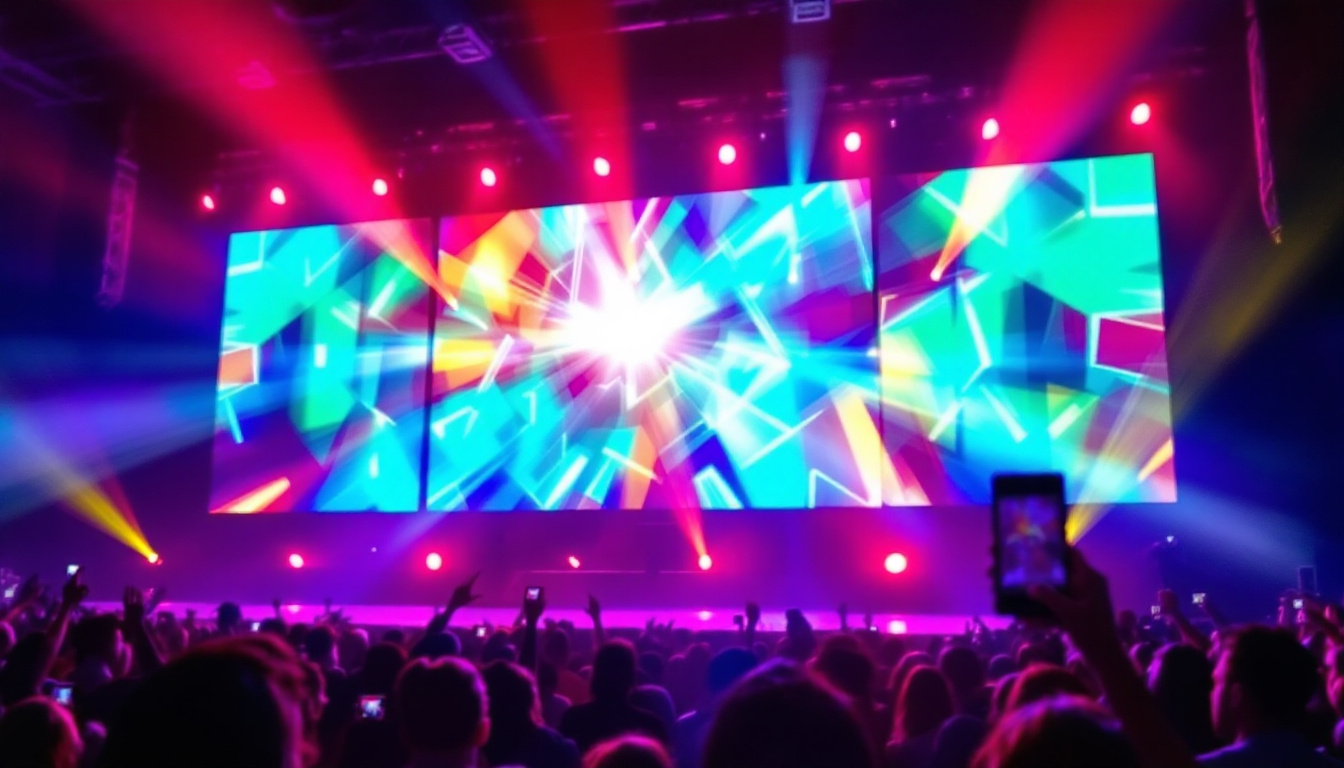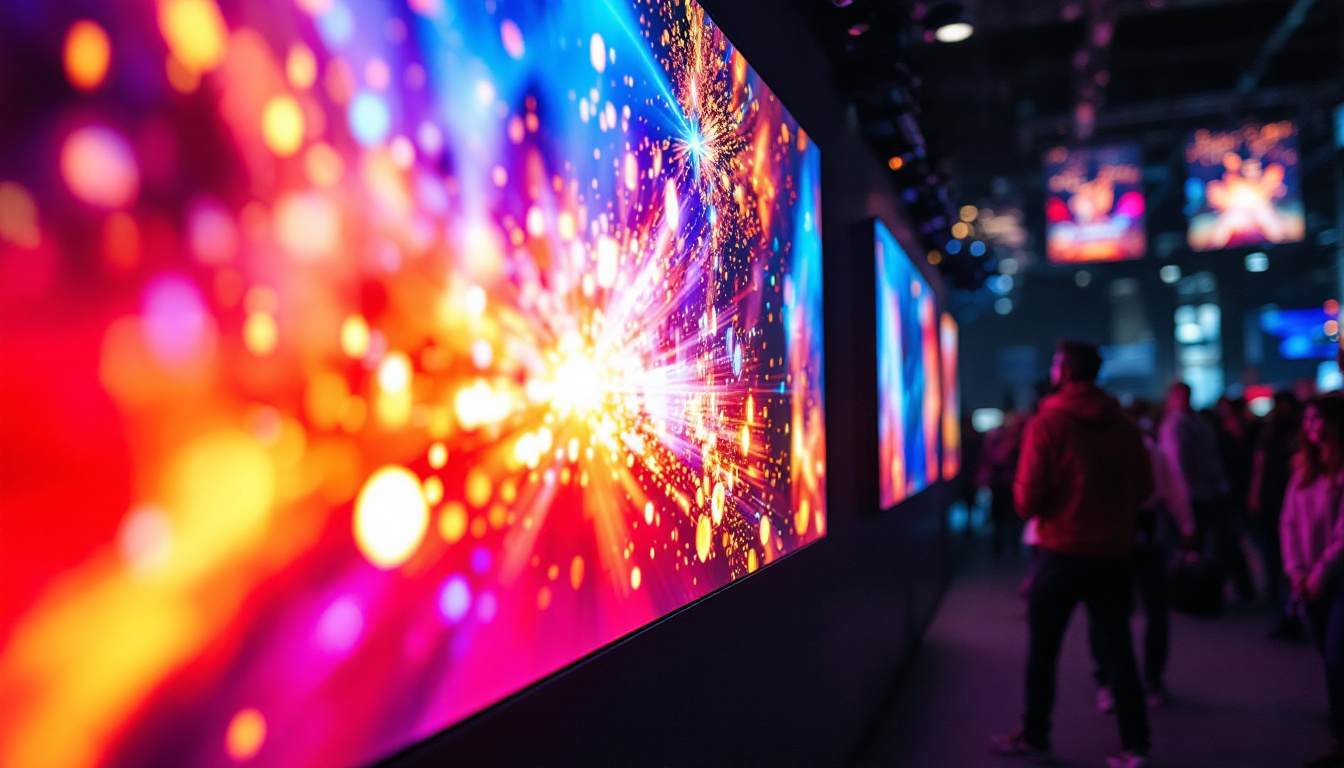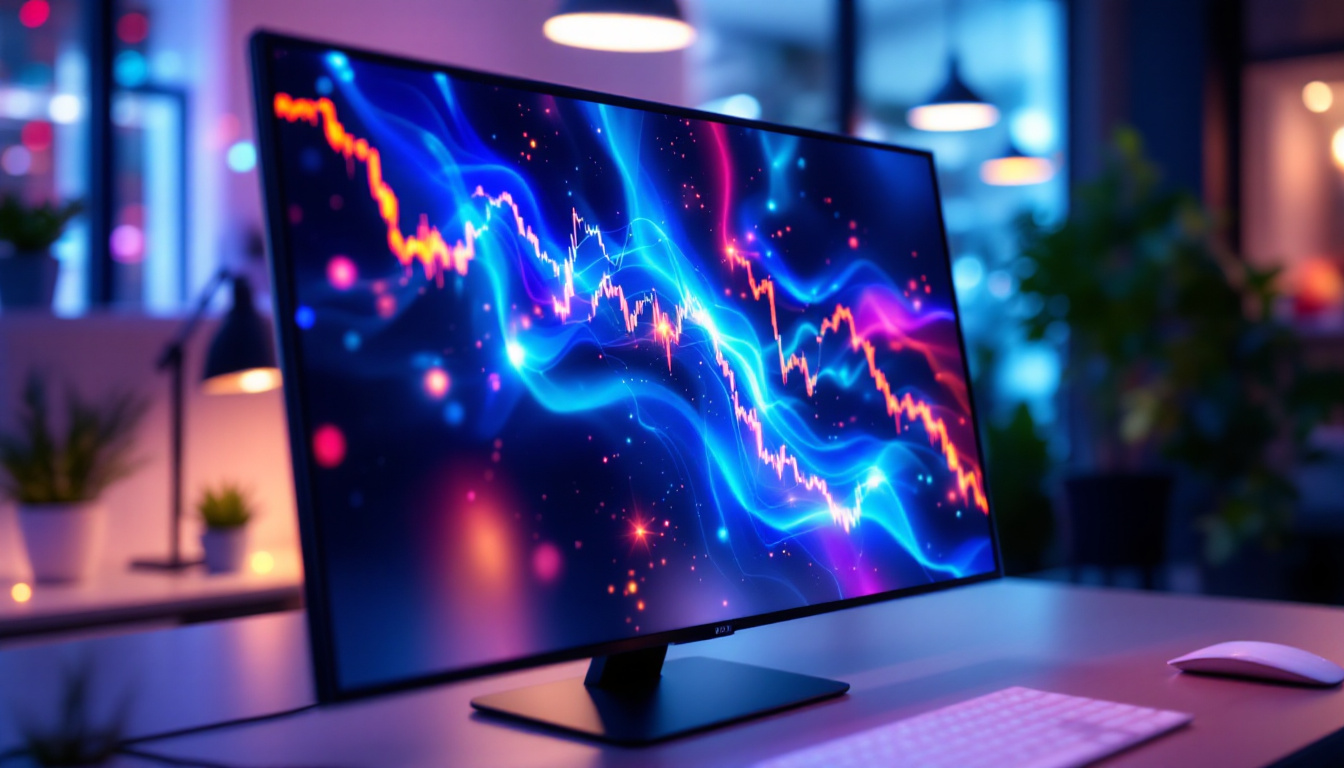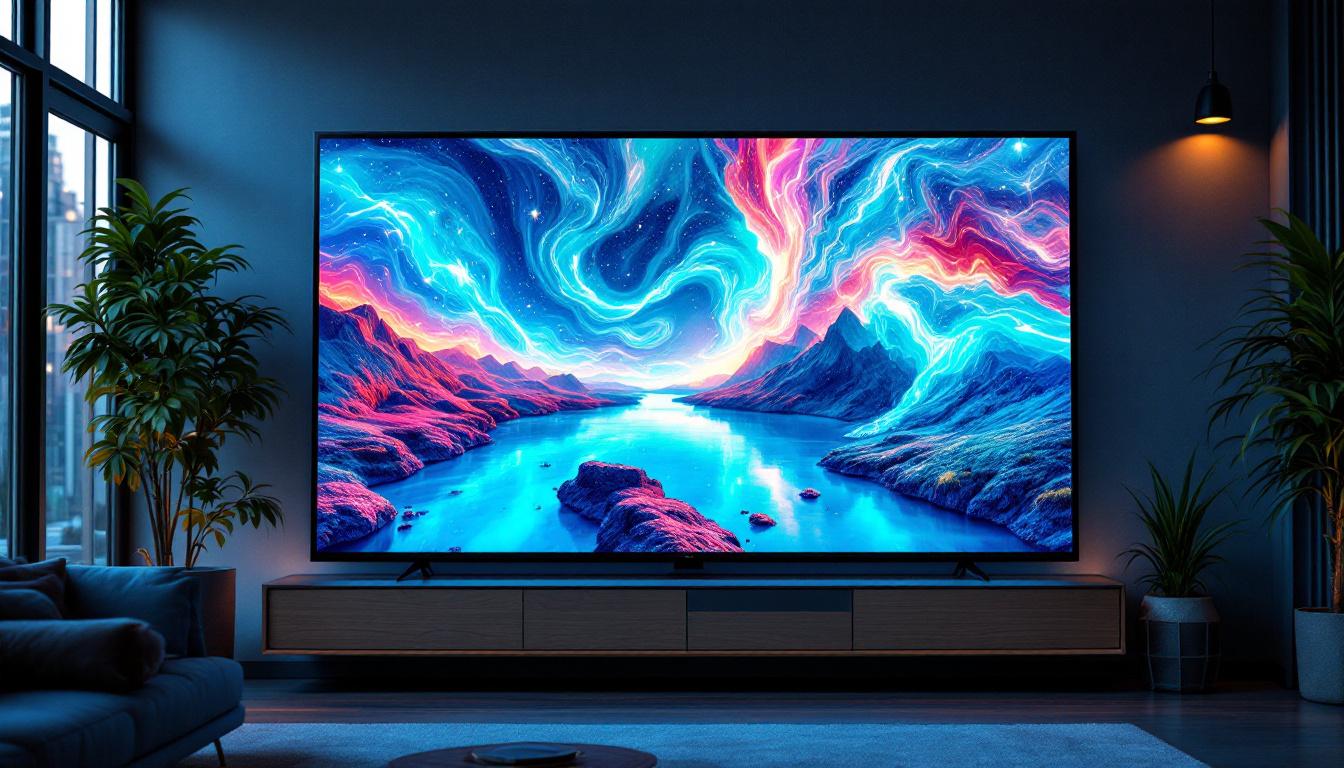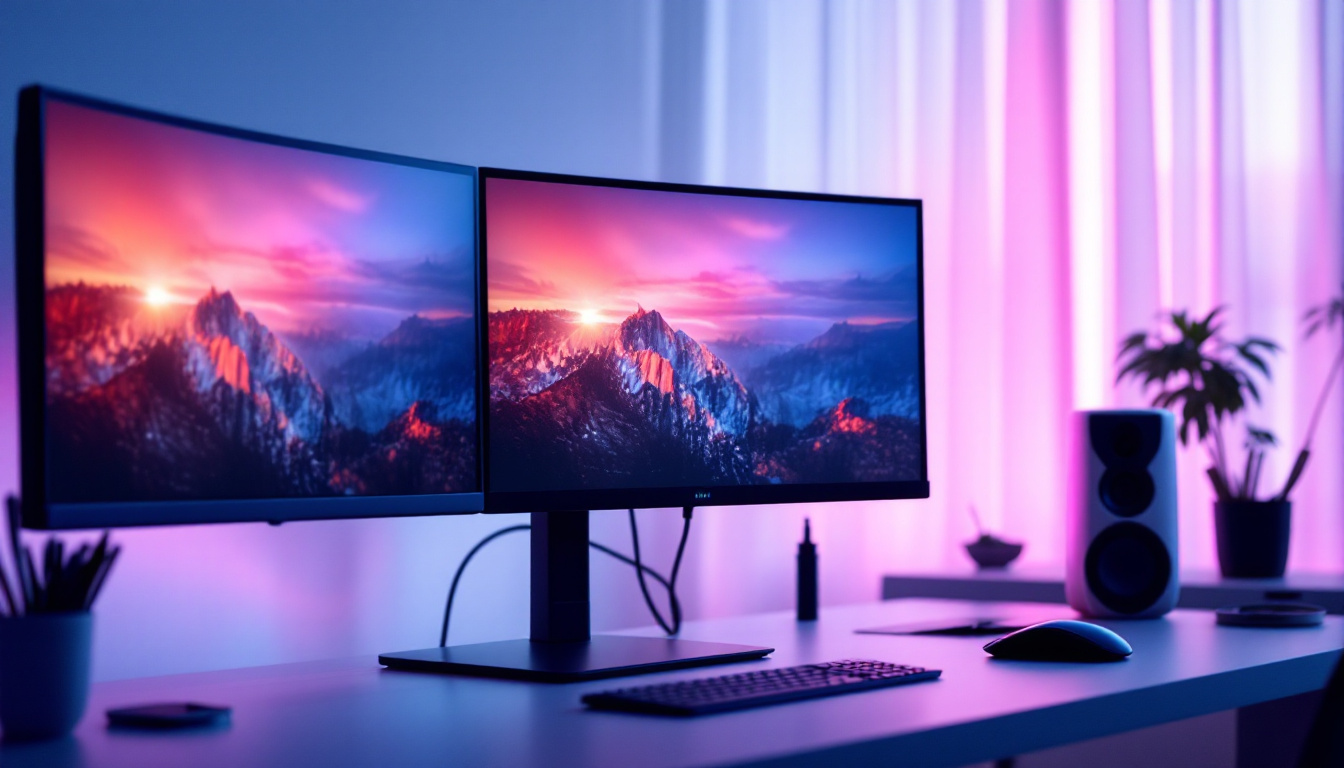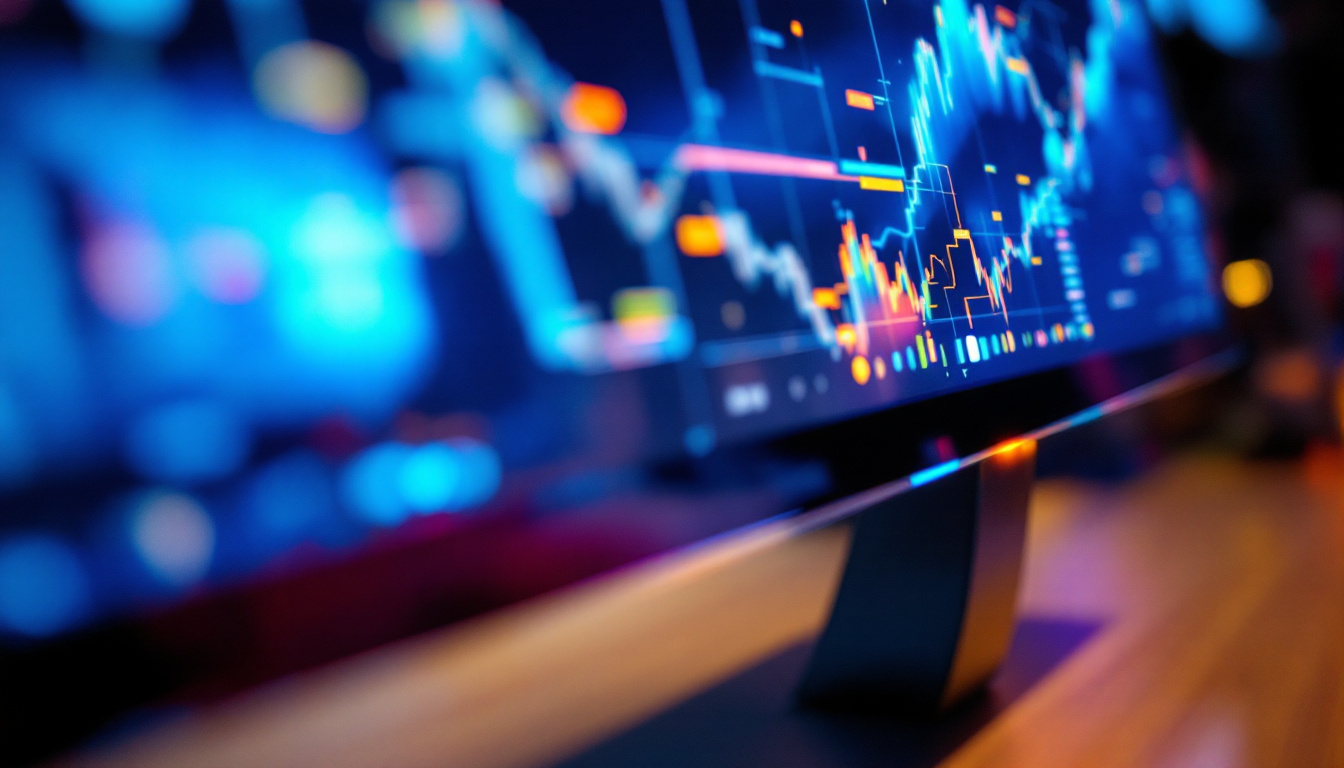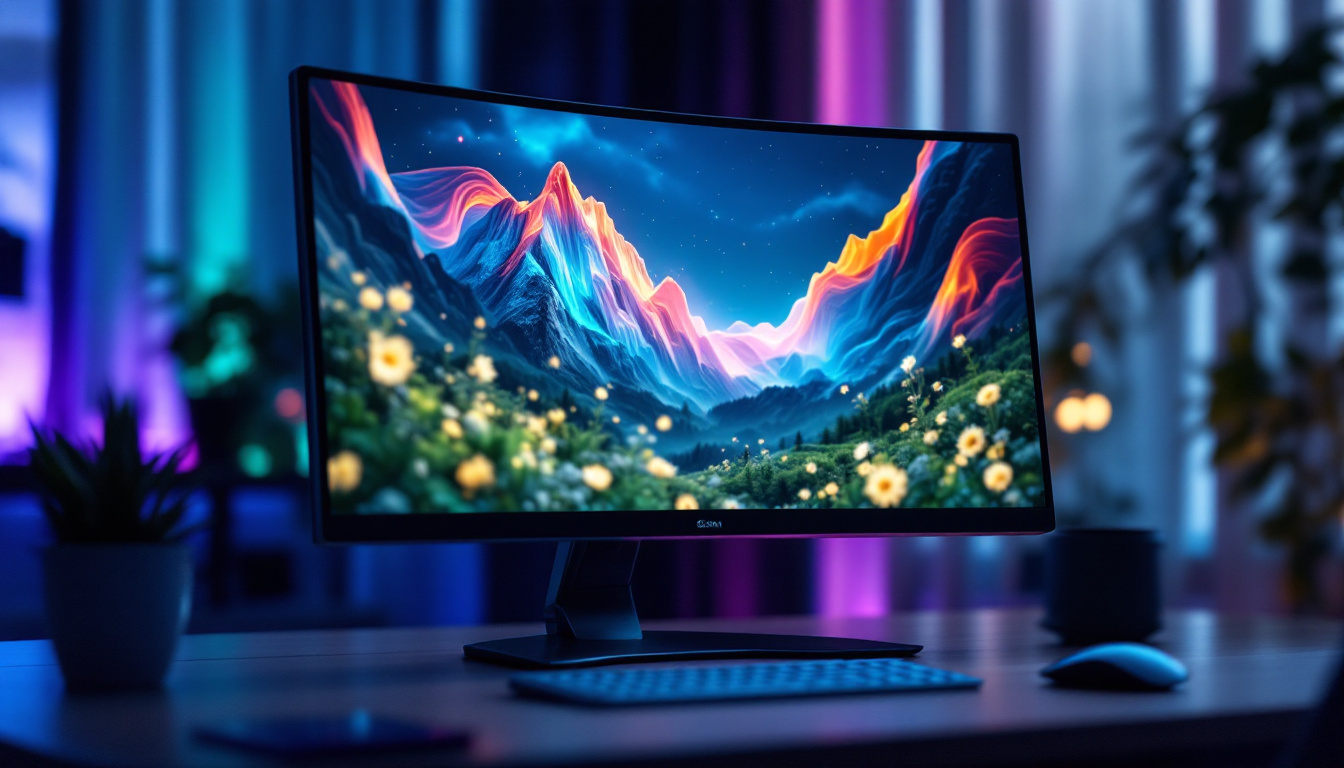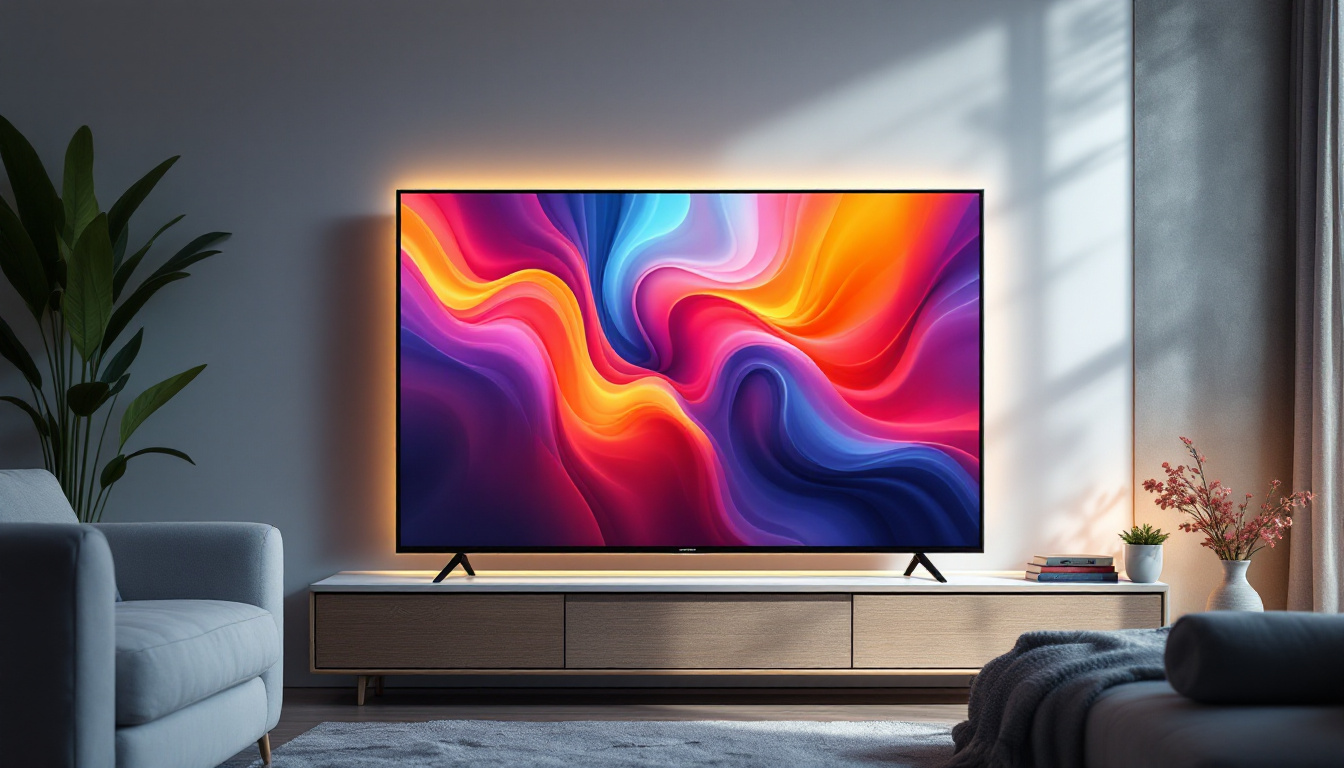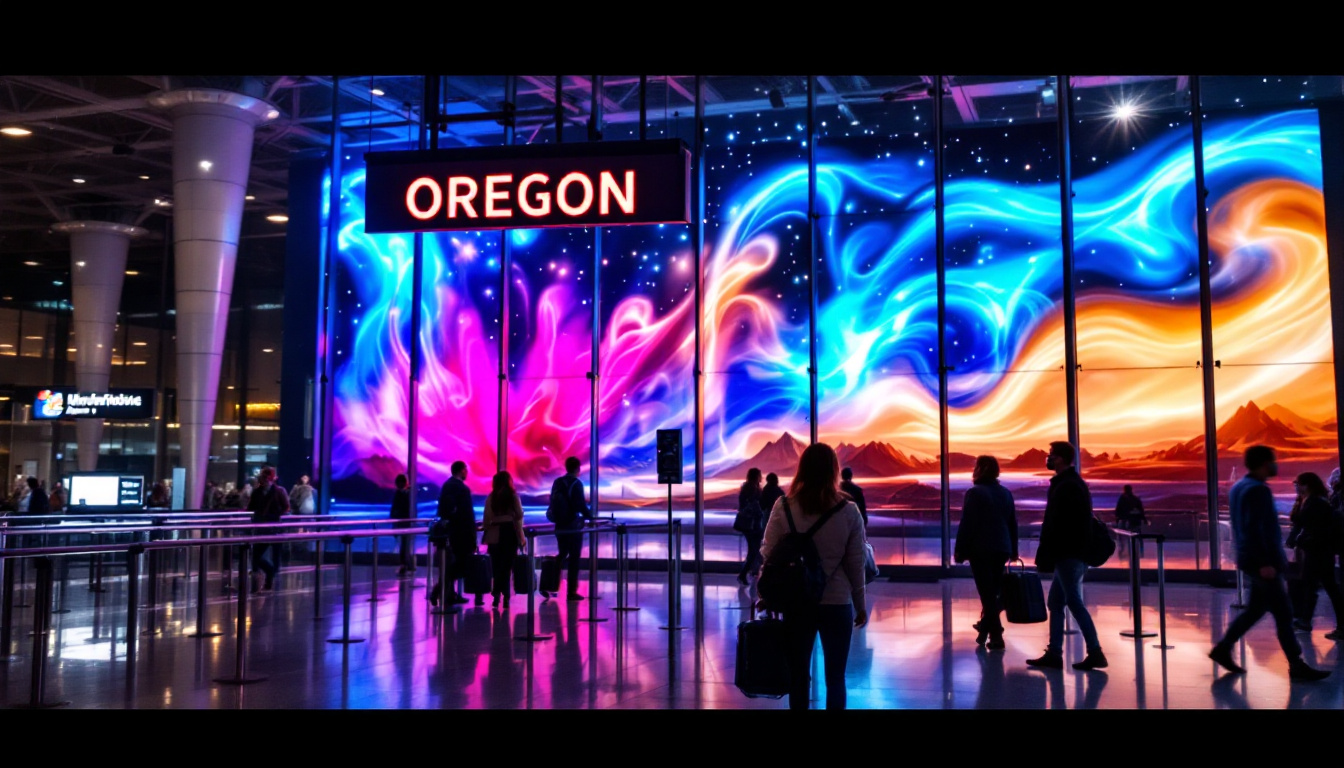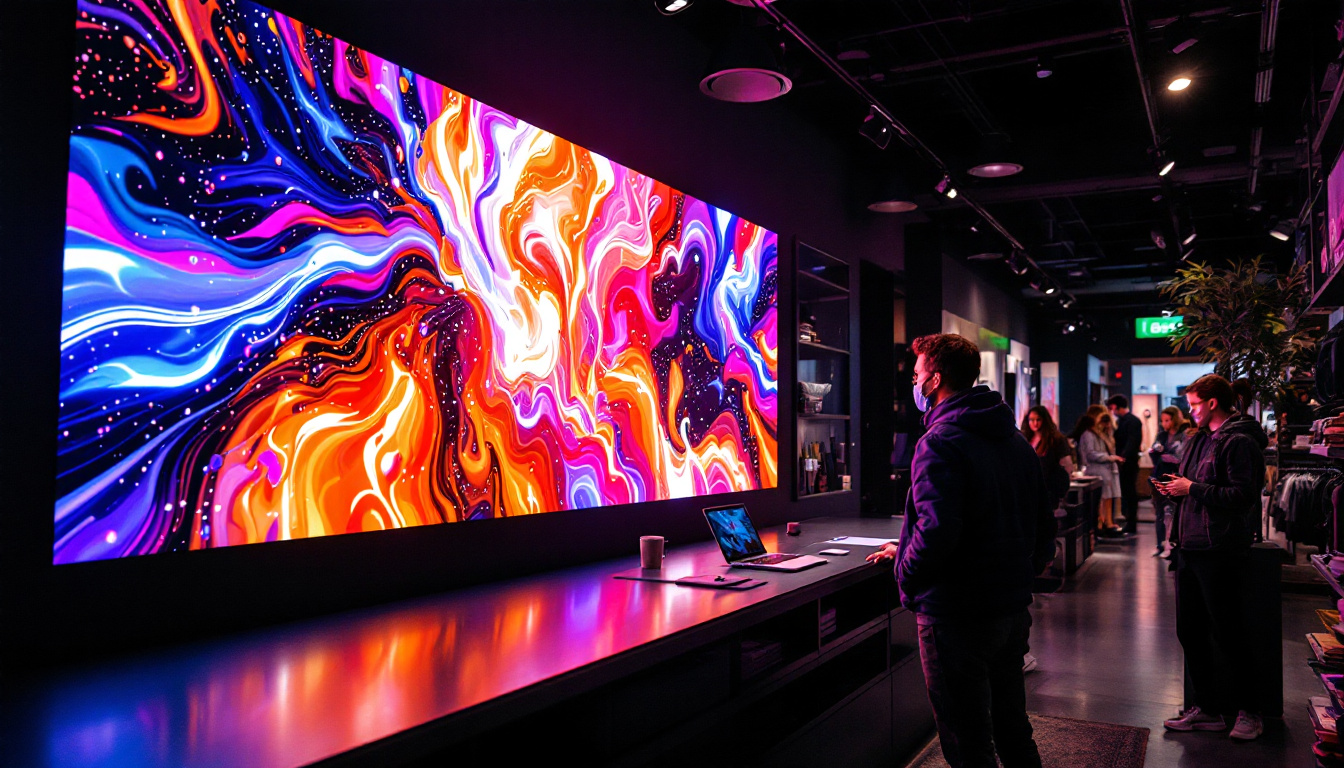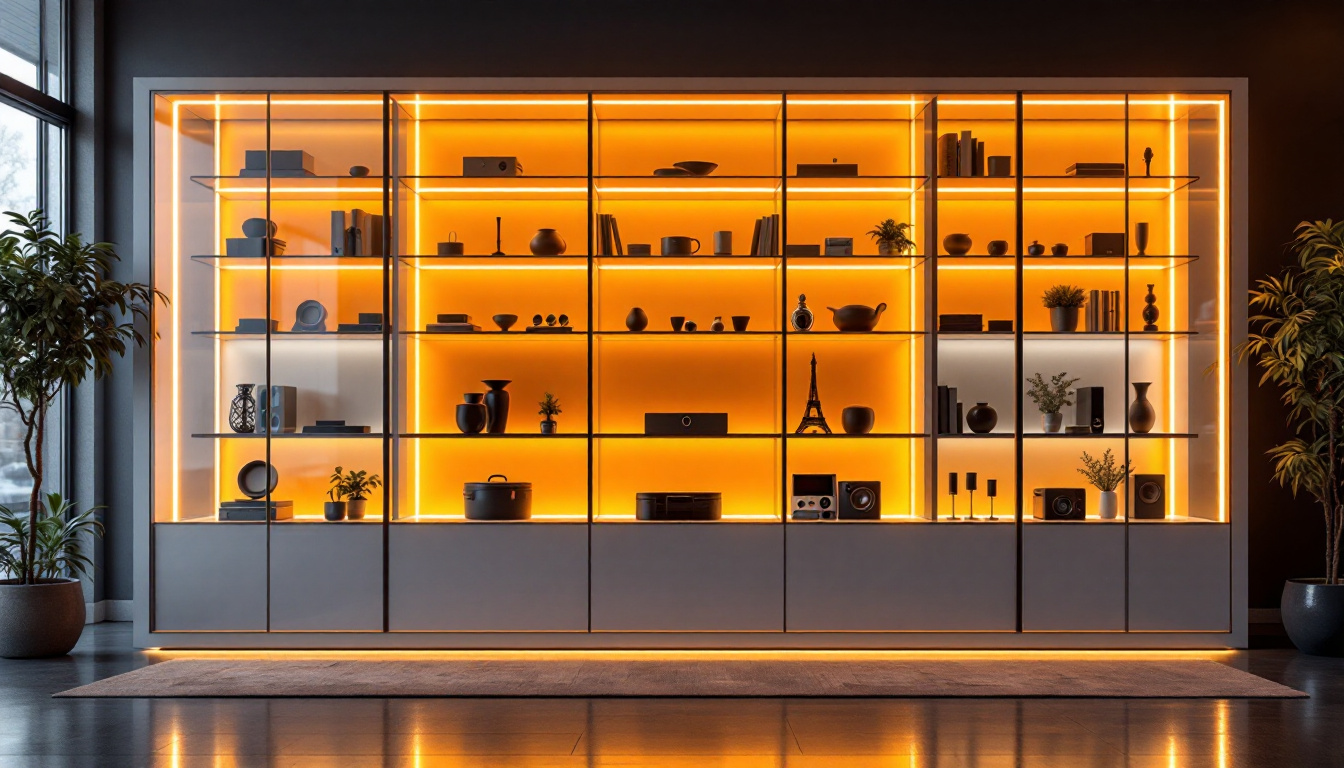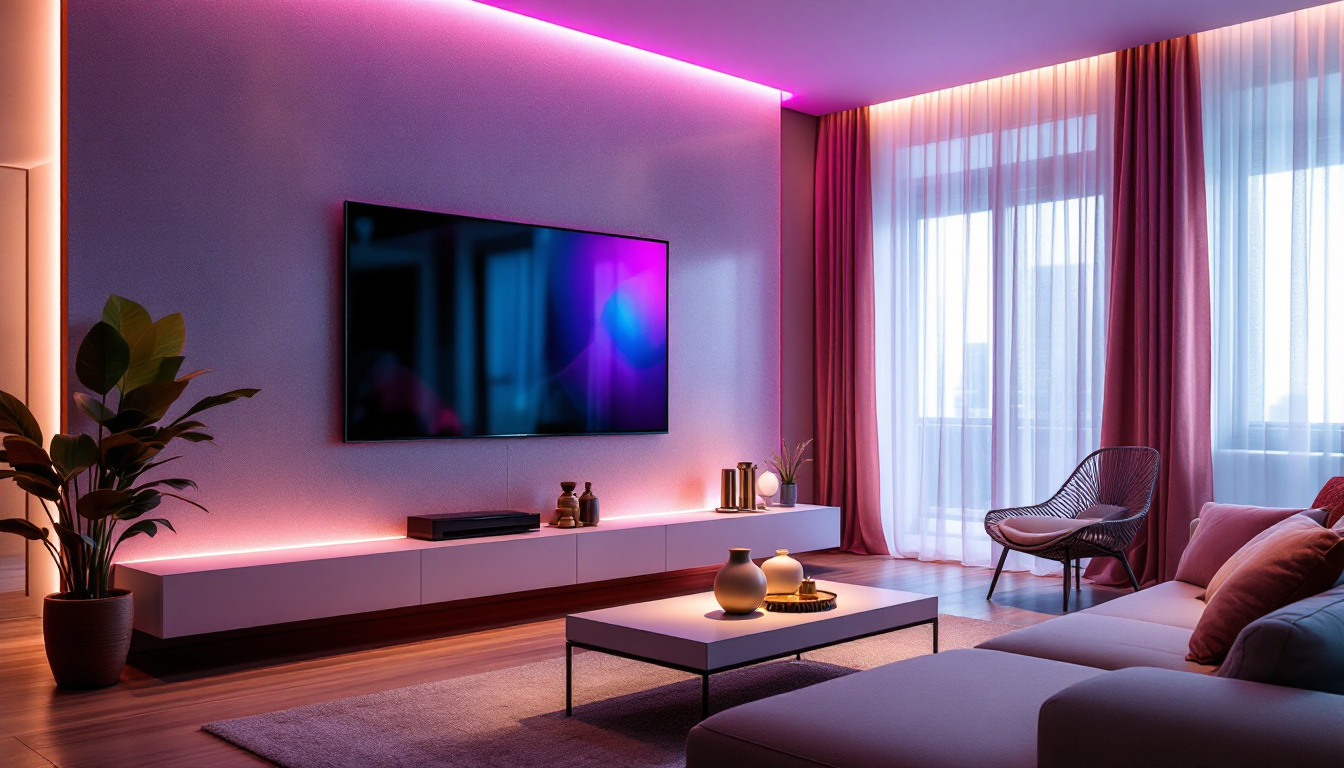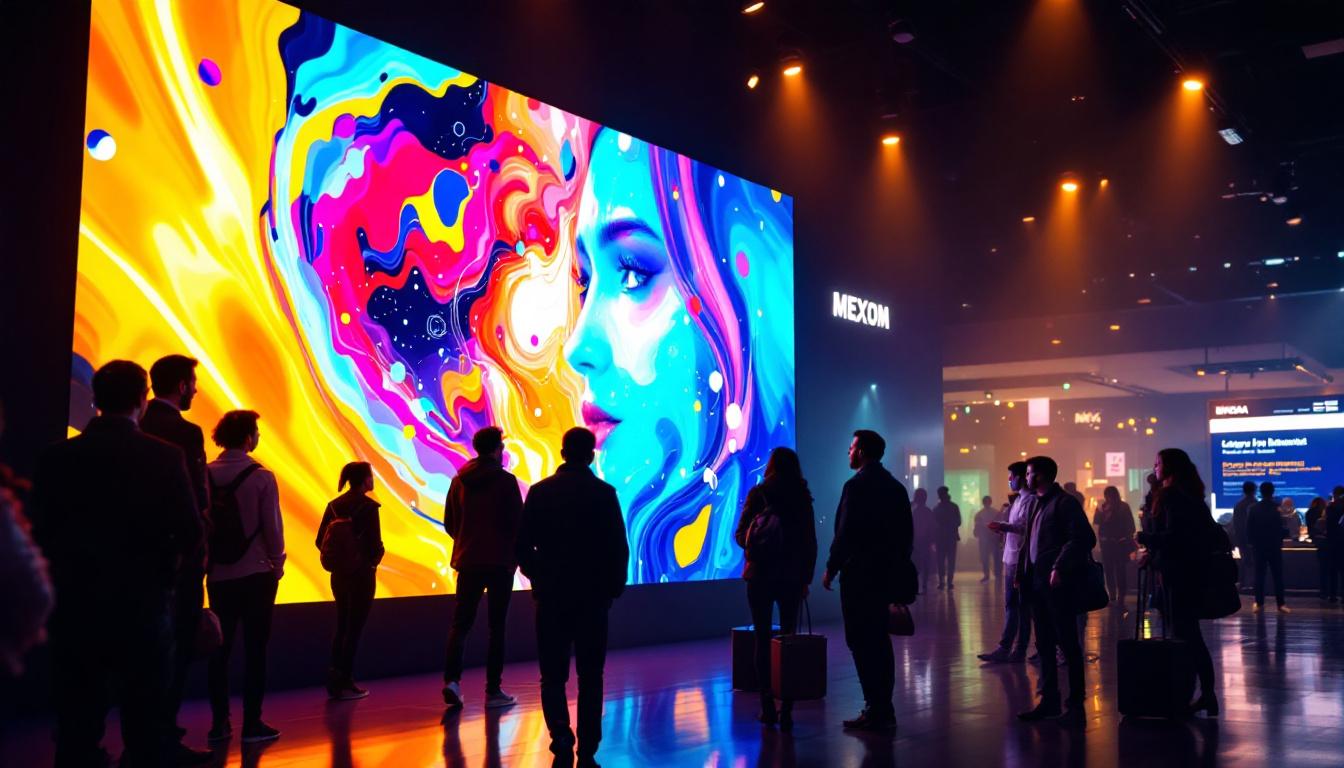In the rapidly evolving world of technology, LED displays have emerged as a transformative element in various industries. Among these innovative applications, floor screens are gaining significant attention. These unique displays not only enhance visual communication but also create immersive experiences in retail, entertainment, and corporate environments. This article delves into the intricacies of floor screens, exploring their technology, applications, benefits, and future trends.
Understanding Floor Screens
Floor screens, also known as floor LED displays, are specialized LED screens designed to be installed on the ground. Unlike traditional displays that are mounted on walls or suspended from ceilings, floor screens provide a novel way to engage audiences by integrating visual content directly into the flooring. This innovative approach allows for dynamic interactions and captivating presentations.
Technology Behind Floor Screens
The technology that powers floor screens is similar to that of standard LED displays, but with specific adaptations to accommodate foot traffic and environmental factors. Floor screens typically consist of multiple LED panels that are engineered to be durable and resistant to wear and tear.
These displays utilize a pixel pitch that ensures high resolution and clarity, even when viewed from a distance. The brightness levels are also optimized for various lighting conditions, making them suitable for both indoor and outdoor installations. Additionally, many floor screens come with advanced features such as touch sensitivity, enabling interactive experiences that engage users in a unique way.
Design Considerations
When designing a floor screen installation, several factors must be taken into account. The choice of materials is crucial; the surface must be robust enough to withstand foot traffic while maintaining aesthetic appeal. Many manufacturers offer options that mimic traditional flooring materials, such as wood or tile, allowing for seamless integration into existing environments.
Furthermore, the layout and content displayed on the floor screen should be carefully planned. Effective use of animations, videos, and interactive elements can enhance user engagement, making the installation not just a visual tool but also an experiential one.
Applications of Floor Screens
Floor screens have found applications across various sectors, each leveraging the technology to meet specific needs. From retail spaces to corporate environments, the versatility of floor LED displays is evident.
Retail Environments
In retail, floor screens serve as powerful marketing tools. They can showcase promotions, product information, or brand stories in an engaging manner. By placing these displays at strategic locations, retailers can capture the attention of shoppers, encouraging them to interact with the content.
Moreover, floor screens can be used to create immersive experiences, such as virtual try-ons or interactive games that enhance customer engagement. This not only improves the shopping experience but also drives sales by creating memorable interactions.
Corporate and Event Spaces
Corporate environments utilize floor screens for various purposes, including presentations, training sessions, and branding. In conference settings, these displays can provide dynamic visual aids that enhance communication and understanding among participants.
At events, floor screens can be used to guide attendees, display schedules, or showcase sponsors and partners. The ability to customize content in real-time allows event organizers to adapt to changing circumstances, ensuring that information is always relevant and engaging.
Entertainment Venues
In entertainment venues, floor screens add a new dimension to performances and events. They can be integrated into stages, dance floors, or even sports arenas to create captivating visual experiences. By synchronizing the display with music or performances, organizers can elevate the overall atmosphere, making events more memorable.
Additionally, floor screens can be used in gaming and amusement parks to create interactive experiences that draw visitors in. These installations can transform ordinary spaces into engaging environments that encourage exploration and interaction.
Benefits of Floor Screens
The adoption of floor screens offers numerous benefits that make them an attractive option for businesses and organizations. From enhancing user experiences to providing valuable data insights, these displays have a lot to offer.
Enhanced Engagement
One of the primary advantages of floor screens is their ability to capture attention. Unlike traditional displays, which can be easily overlooked, floor screens invite users to interact with the content. This engagement can lead to increased dwell time, allowing businesses to communicate their messages more effectively.
Interactive features, such as touch sensitivity, further enhance this engagement. Users can explore content at their own pace, making the experience more personalized and memorable. This level of interaction is particularly beneficial in retail and event settings, where creating a lasting impression is essential.
Data Collection and Analytics
Floor screens also provide valuable opportunities for data collection and analytics. By integrating sensors and tracking technologies, businesses can gather insights on user behavior, such as foot traffic patterns and engagement levels. This data can inform marketing strategies and help optimize the placement of products or displays.
Furthermore, analytics can reveal which content resonates most with audiences, allowing for continuous improvement and adaptation. This data-driven approach ensures that businesses can make informed decisions that enhance overall performance.
Versatility and Customization
Another significant benefit of floor screens is their versatility. They can be customized to fit various environments, from retail stores to corporate offices and entertainment venues. The ability to tailor content to specific audiences and occasions makes floor screens a flexible solution for diverse applications.
Moreover, the design options available allow businesses to maintain their branding while incorporating innovative technology. This adaptability ensures that floor screens can seamlessly blend into existing aesthetics while providing cutting-edge functionality.
Challenges and Considerations
While floor screens offer numerous advantages, there are also challenges and considerations that organizations must address before implementation. Understanding these factors is crucial for successful integration.
Cost Implications
The initial investment for floor screens can be significant, particularly for high-quality installations. Organizations must weigh the costs against the potential benefits to determine if the investment aligns with their goals. Additionally, ongoing maintenance and content management can incur further expenses, which should be factored into the overall budget.
However, it is essential to consider the long-term return on investment. The enhanced engagement and data insights provided by floor screens can lead to increased sales and improved customer experiences, potentially offsetting initial costs over time.
Durability and Maintenance
Given that floor screens are designed for foot traffic, durability is a critical consideration. Organizations must ensure that the chosen materials can withstand daily wear and tear while maintaining optimal performance. Regular maintenance is also necessary to keep the screens functioning correctly and to address any potential issues.
Establishing a maintenance schedule and training staff on proper care can help mitigate these challenges. By prioritizing durability and upkeep, organizations can maximize the lifespan of their floor screens and ensure consistent performance.
Content Management
Content management is another vital aspect of floor screen implementation. Organizations must develop a strategy for creating, updating, and managing content to keep it fresh and relevant. This may involve designating a team or utilizing specialized software to streamline the process.
Additionally, understanding the target audience and tailoring content to their preferences is crucial for maximizing engagement. Regularly analyzing data and feedback can help organizations refine their content strategy and ensure that it aligns with audience expectations.
Future Trends in Floor Screens
The future of floor screens is promising, with several emerging trends that are likely to shape their development and application. As technology continues to advance, these trends will enhance the capabilities and effectiveness of floor LED displays.
Integration with Augmented Reality (AR)
One of the most exciting trends is the integration of floor screens with augmented reality technology. By combining AR with floor displays, organizations can create immersive experiences that blend the physical and digital worlds. This could involve interactive elements that respond to user movements or virtual overlays that enhance the displayed content.
Such integration opens up new possibilities for storytelling and engagement, allowing businesses to create unique experiences that captivate audiences. As AR technology becomes more accessible, its incorporation into floor screens is expected to grow.
Advancements in Interactivity
As user expectations evolve, the demand for interactivity in displays is increasing. Future floor screens are likely to feature enhanced touch capabilities, gesture recognition, and even voice interaction. These advancements will enable users to engage with content in more intuitive and dynamic ways.
Such interactivity can lead to more personalized experiences, allowing users to explore content that aligns with their interests. As technology continues to progress, the potential for innovative interactive features will expand, further enhancing the appeal of floor screens.
Sustainability and Eco-Friendly Solutions
With growing awareness of environmental issues, sustainability is becoming a key consideration in technology development. Future floor screens are expected to incorporate eco-friendly materials and energy-efficient technologies. This shift towards sustainability will not only benefit the environment but also resonate with consumers who prioritize eco-conscious choices.
Additionally, manufacturers may explore recycling programs and sustainable production practices to minimize waste and reduce the carbon footprint associated with floor screen installations.
Conclusion
Floor screens represent a significant advancement in display technology, offering unique opportunities for engagement and communication across various sectors. With their ability to captivate audiences and provide valuable insights, these displays are becoming essential tools for businesses looking to enhance their visual communication strategies.
As technology continues to evolve, the future of floor screens looks bright, with advancements in interactivity, integration with AR, and a focus on sustainability. Organizations that embrace this innovative technology will be well-positioned to create memorable experiences that resonate with their audiences.
In a world where attention is a precious commodity, floor screens provide a compelling way to stand out and engage, making them an investment worth considering for any forward-thinking organization.
Discover LumenMatrix’s Innovative LED Display Solutions
Ready to transform your space with the latest in LED display technology? LumenMatrix offers a wide array of cutting-edge solutions tailored to your needs, including our dynamic Floor LED Displays. Elevate your visual communication and create immersive environments that captivate and engage. Check out LumenMatrix LED Display Solutions today and step into the future of digital signage.

